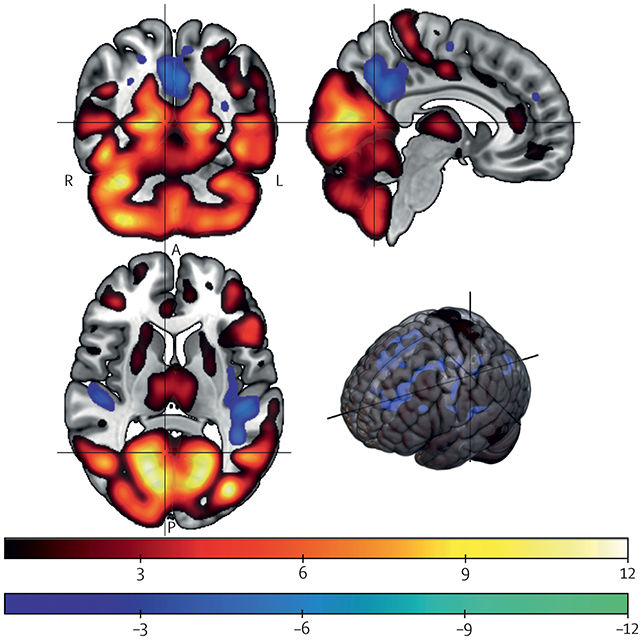'Forever chemicals' already have a shocking reputation, and now new research has linked these substances – named for the way they stick around in the environment for so long – to brain changes in children born to mothers exposed to common PFAS (per- and polyfluoroalkyl substances).
To reach that conclusion, researchers from Finland, Sweden, and Canada looked at 51 mother-and-child pairs, measuring PFAS levels in the mother's blood during pregnancy, and then running brain scans on the kids once they reached 5 years old.
These records meant the research team was able to compare different types of PFAS against changes in brain structure and connections between brain regions. Several distinct patterns were revealed, enough to suggest (but not prove) a strong influence.
Related: Gut Bacteria Found to Soak Up Toxic Forever Chemicals
"We were able to measure seven different PFAS in this study, and found that individual compounds had specific associations with offspring brain structure," says chemist Tuulia Hyötyläinen, from Örebro University in Sweden.
"In some cases two different PFAS had opposite relationships with the same brain region."

For example, perfluorononanoic acid (PFNA) and perfluorooctanoic acid (PFOA) were linked to changes in the corpus callosum, the tract of white matter that connects the brain's left and right hemispheres.
Substantial changes connected to PFAS levels were also detected in the hypothalamus, a part of the brain that controls many of the body's core functions, and in the volume and surface area of posterior grey matter in the occipital lobe, the brain's visual processing centre.
The researchers also found certain types of PFAS more likely to influence brain structure and brain connectivity than others, based on their chemical composition. It's not immediately evident what these changes might mean – but the changes are there.
"At the moment, it is unclear whether PFAS are directly affecting brain development, although it's known that they pass the placenta and the blood-brain barrier to accumulate in the brain, and can disturb developing brain cells," says neuroscientist Hasse Karlsson, from the University of Turku in Finland.
"It's also unclear whether these associations are harmful, beneficial, or neutral, and future studies will be needed to determine the functional implications of our findings."
Since the 1950s, PFAS have been widely used in manufacturing and other industrial processes because they repel water, grease and heat. While the use of some PFAS has been banned in some countries or phased out, it's hard to avoid them: They're found in rain jackets, dental floss, cosmetics, non-stick cookware, pizza boxes – the list goes on.
That extensive use means they've also managed to permeate almost every part of the environment, where they can take many centuries to degrade. PFAS have been found in wildlife, beers, and rainwater, and are now thought to have made their way into the bodies of almost all adults in the United States, and many Australians, too.
It's all pretty alarming, but the health impacts are only just being understood. These chemicals have been linked to cancer and cardiovascular disease, so researchers are working hard to find ways to destroy PFAS found in water to reduce our exposure.
"Humans consume PFAS from drinking water, food, or in some cases exposure through occupation," says neuroscientist Aaron Barron, also from the University of Turku.
"They are ubiquitous in our blood, and our bodies do not break them down."
The research has been published in The Lancet Planetary Health.

